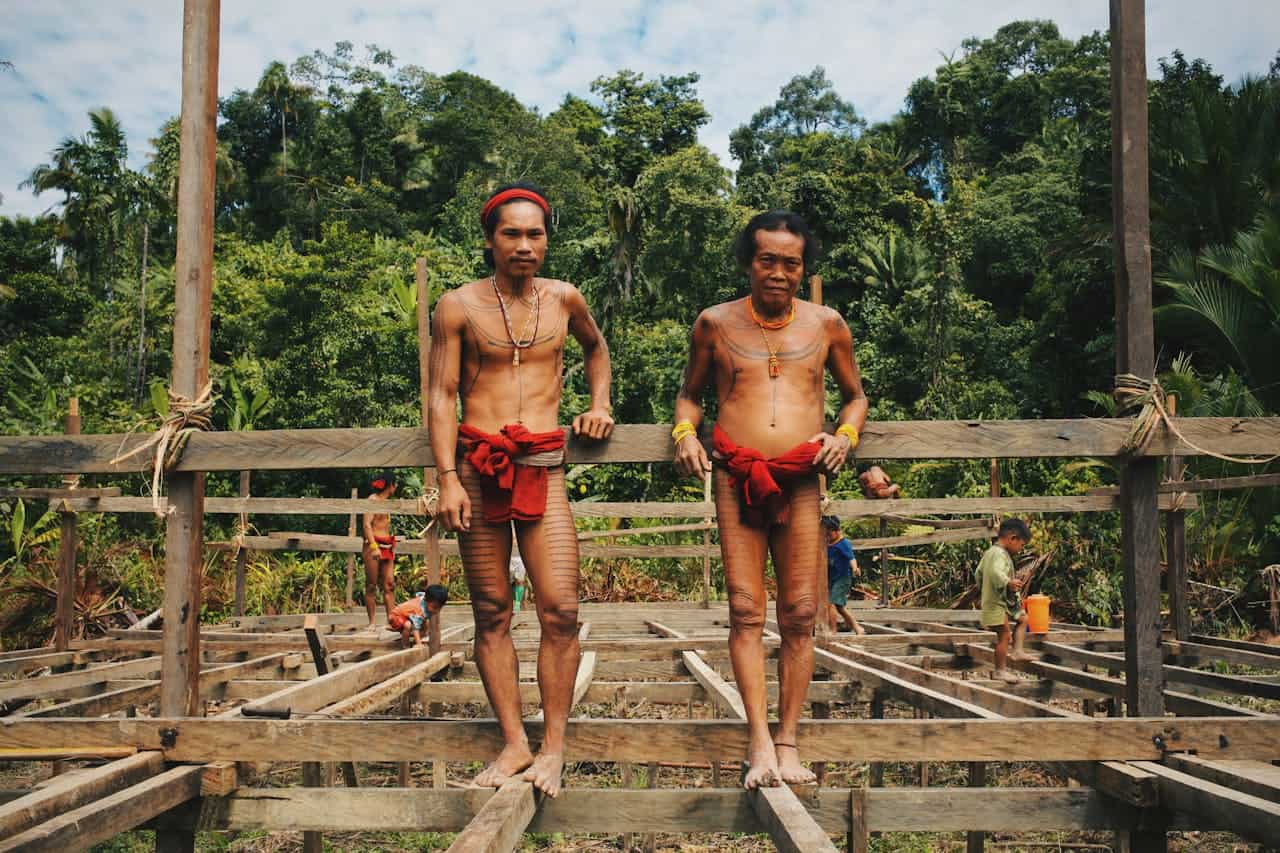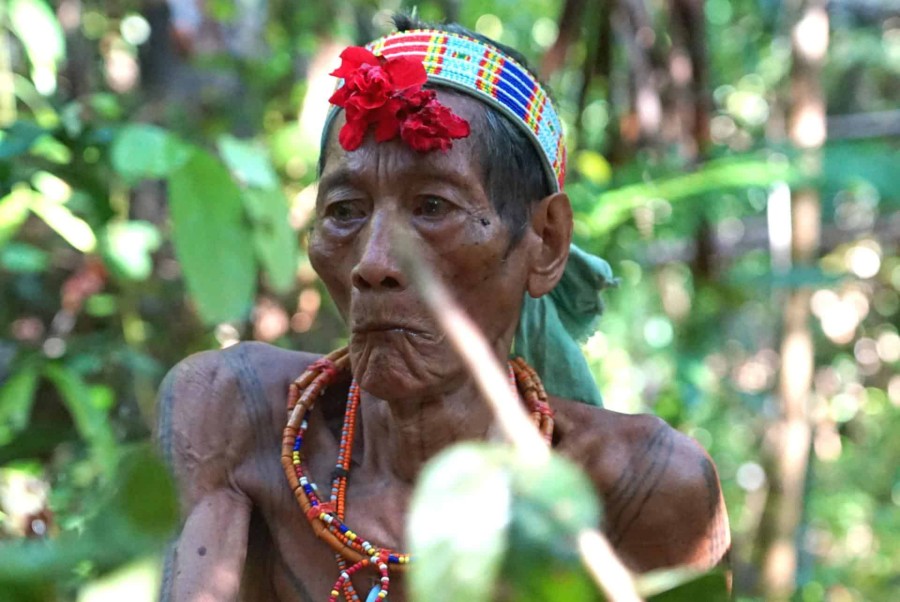
"The Mentawai Tribe has a deep philosophy and culture, including the meaning of each tattoo that is part of the Mentawai Tribe culture. Read more here."









© SR Digital - Alinear Indonesia. All rights reserved.
Home | About Us | Smart Publication: ID | EN | JP | Business & Partnerships | Contact us | Sitemap